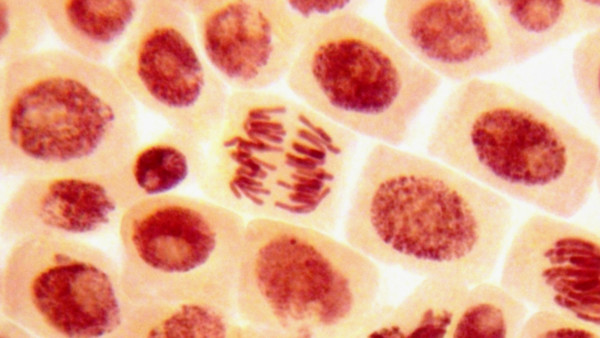What Is Hypoxic Culture? What Does It Do?

Stem cells. Dimarion/Shutterstock
What is stem cell culture? Hypoxic culture? Why should you care? Let’s dig in.
What Is Stem Cell Culture?
Stem cells can be grown to bigger numbers in culture (ideal growing conditions in an incubator). We’ve been doing this since 2005, so we have a fair bit of experience. This past decade this has been done in our licensed advanced stem cell culture site in Grand Cayman and now will soon begin on the Island of Hainan, China.
The advantage of stem cell culture is that you get more cells. You can also freeze cells for future use. Finally, you can condition the cells to do certain things. Let’s dive into this last part a bit.
Hypoxic Culture
Hypoxia means low oxygen. Most of what patients tend to hear about is the opposite, high oxygen or hyperbaric therapy. However, low oxygen is far more interesting when it comes to stem cells. Why?
Mesenchymal stem cells, the type in bone marrow, live in hypoxic niches. Meaning, the places they can be found in the bone marrow have low oxygen, so they use this clue to stay undifferentiated. That means they are in their purest stem cell state, able to turn into many different cell types when they are in a low oxygen environment.
Researchers have known for many years that if you culture cells in hypoxia, they are different than if you culture them in normal oxygen. Hypoxia impacts cell viability, proliferation, differentiation, migration, and metabolism (1). We’ve used it to keep cells healthy in culture and prepare them to be placed into the low oxygen environment inside the intervertebral disc. We’ve published a couple of papers on this technique (3,4).
Can Hypoxic Culture Impact Cartilage Repair?
There’s quite a bit of research on hypoxic culture, but a new study on both bone marrow and adipose mesenchymal stem cells (MSCs) is interesting (2). In this study, hypoxia reduced the expression of age-related genes, meaning it made the cells younger. It also improved the ability of the cells to form cartilage in the lab and in a rat model of cartilage injury.
It’s been known for some time that MSCs from fat don’t form cartilage as well as those from bone marrow. However, interestingly, when exposed to hypoxia in culture, it helps fat cells form better cartilage (not quite as good as bone marrow, but close). In addition, when both hypoxic fat stem cells and bone marrow stem cells are used to repair cartilage in an animal model, they perform similarly.
The upshot? We’ve been using hypoxia in culture for many years. The research continues to show the magic this little tweak can have on stem cells. Looking forward to more and more research on this culture trick.
__________________________________
References:
(1) Ejtehadifar M, Shamsasenjan K, Movassaghpour A, et al. The Effect of Hypoxia on Mesenchymal Stem Cell Biology. Adv Pharm Bull. 2015;5(2):141-149. doi:10.15171/apb.2015.021
(2) Wang JP, Liao YT, Wu SH, Huang HK, Chou PH, Chiang ER. Adipose Derived Mesenchymal Stem Cells from a Hypoxic Culture Reduce Cartilage Damage. Stem Cell Rev Rep. 2021 Apr 24. doi: 10.1007/s12015-021-10169-z. Epub ahead of print. PMID: 33893621.
(3) Centeno C, Markle J, Dodson E, Stemper I, Williams CJ, Hyzy M, Ichim T, Freeman M. Treatment of lumbar degenerative disc disease-associated radicular pain with culture-expanded autologous mesenchymal stem cells: a pilot study on safety and efficacy. J Transl Med. 2017 Sep 22;15(1):197. doi: 10.1186/s12967-017-1300-y. PMID: 28938891; PMCID: PMC5610473.
(4) Elabd C, Centeno CJ, Schultz JR, Lutz G, Ichim T, Silva FJ. Intra-discal injection of autologous, hypoxic cultured bone marrow-derived mesenchymal stem cells in five patients with chronic lower back pain: a long-term safety and feasibility study. J Transl Med. 2016 Sep 1;14(1):253. doi: 10.1186/s12967-016-1015-5. PMID: 27585696; PMCID: PMC5009698.

If you have questions or comments about this blog post, please email us at [email protected]
NOTE: This blog post provides general information to help the reader better understand regenerative medicine, musculoskeletal health, and related subjects. All content provided in this blog, website, or any linked materials, including text, graphics, images, patient profiles, outcomes, and information, are not intended and should not be considered or used as a substitute for medical advice, diagnosis, or treatment. Please always consult with a professional and certified healthcare provider to discuss if a treatment is right for you.